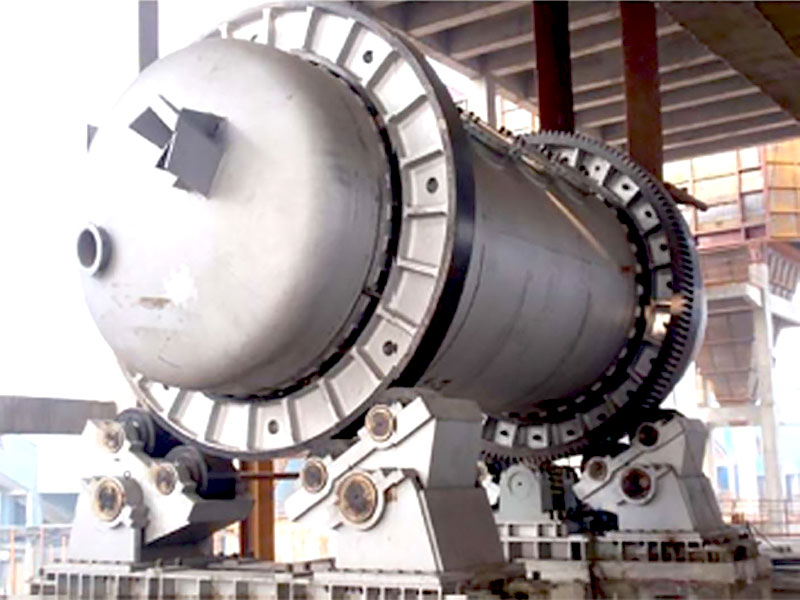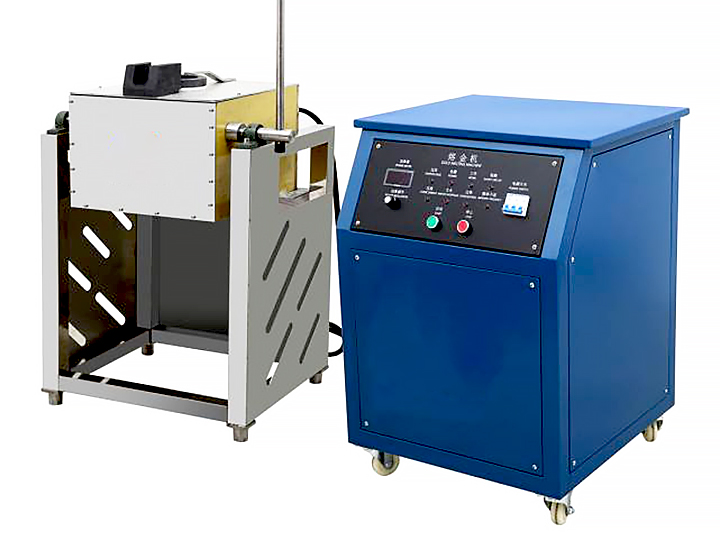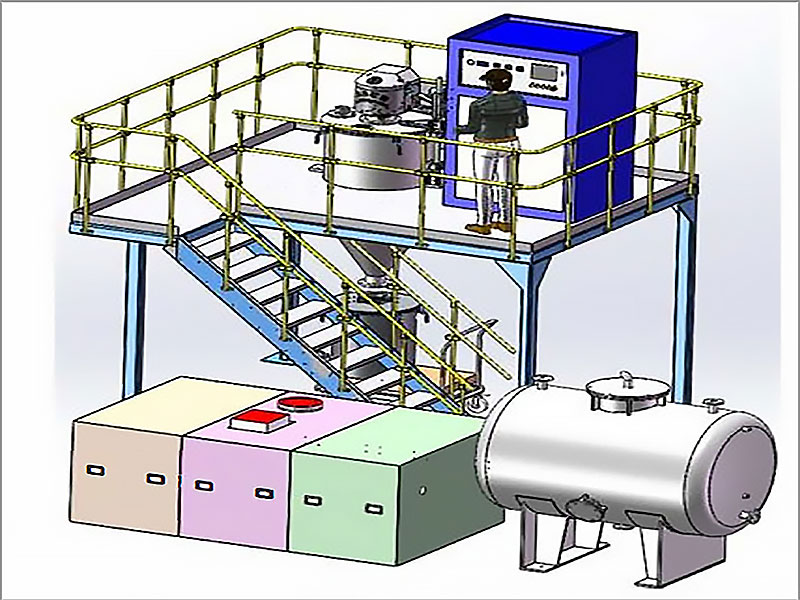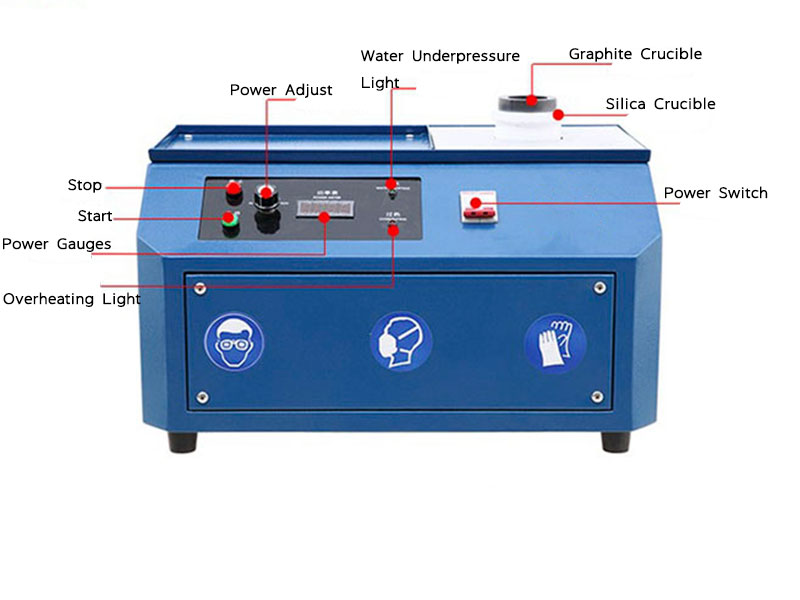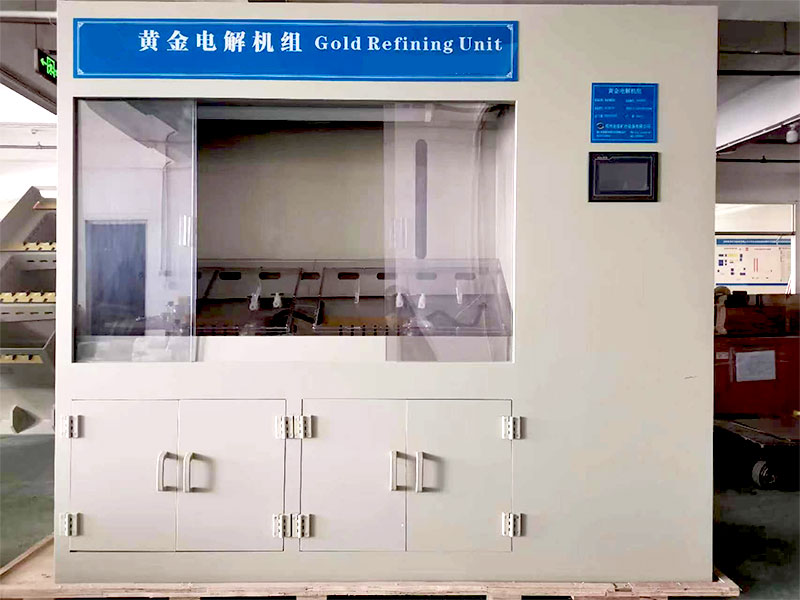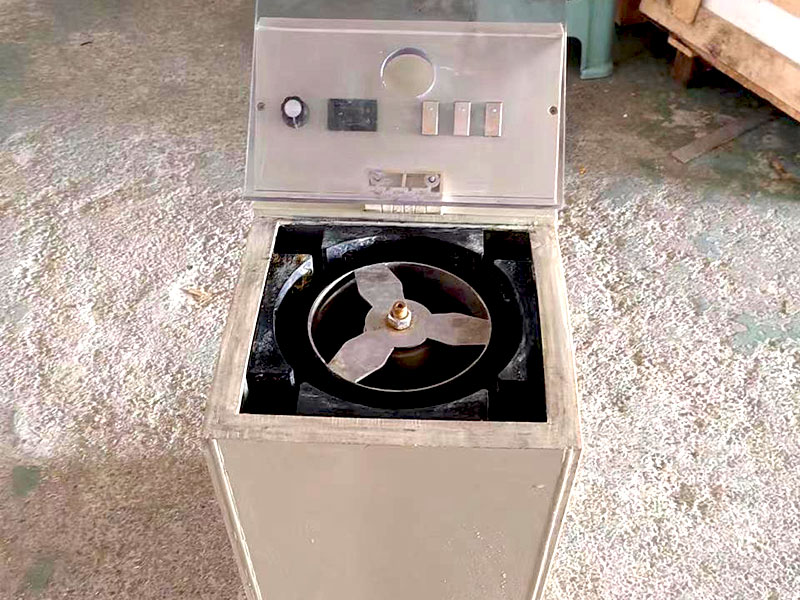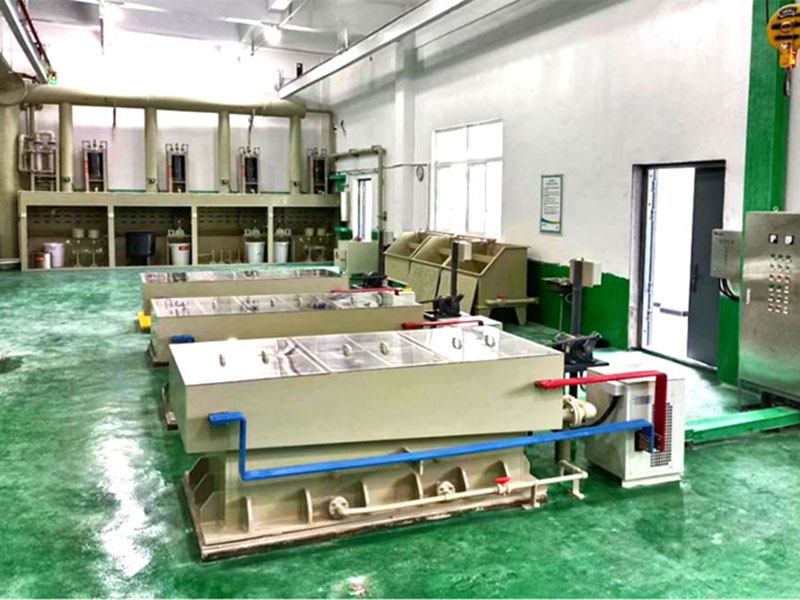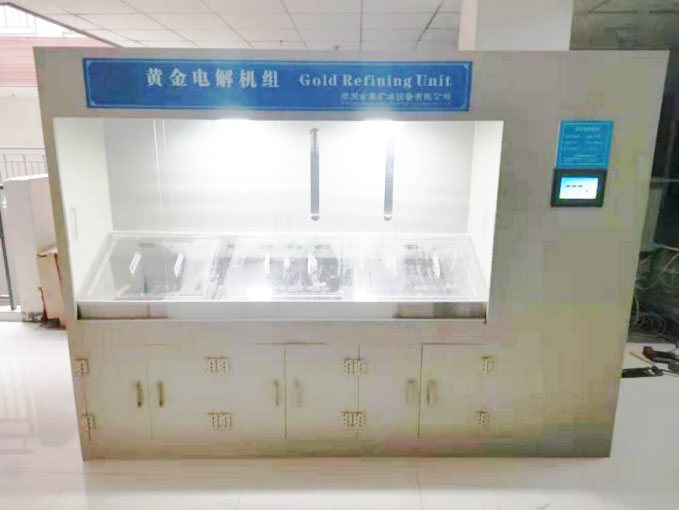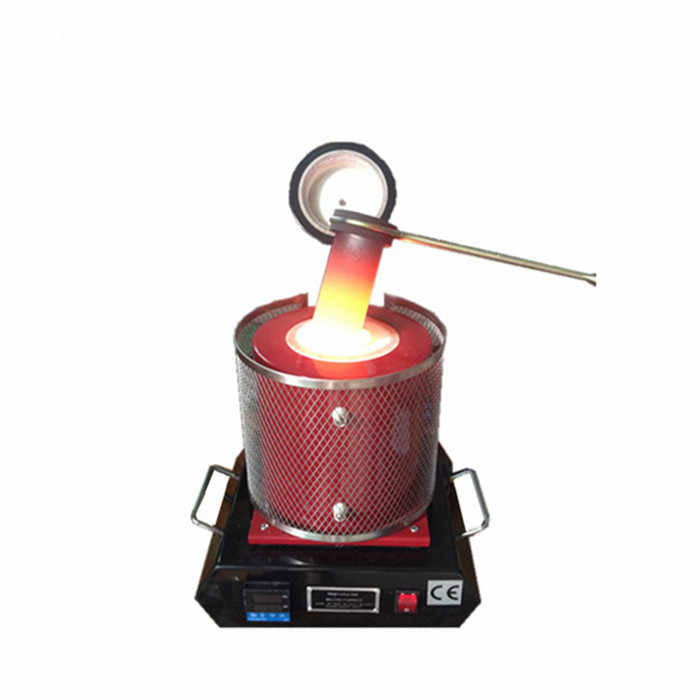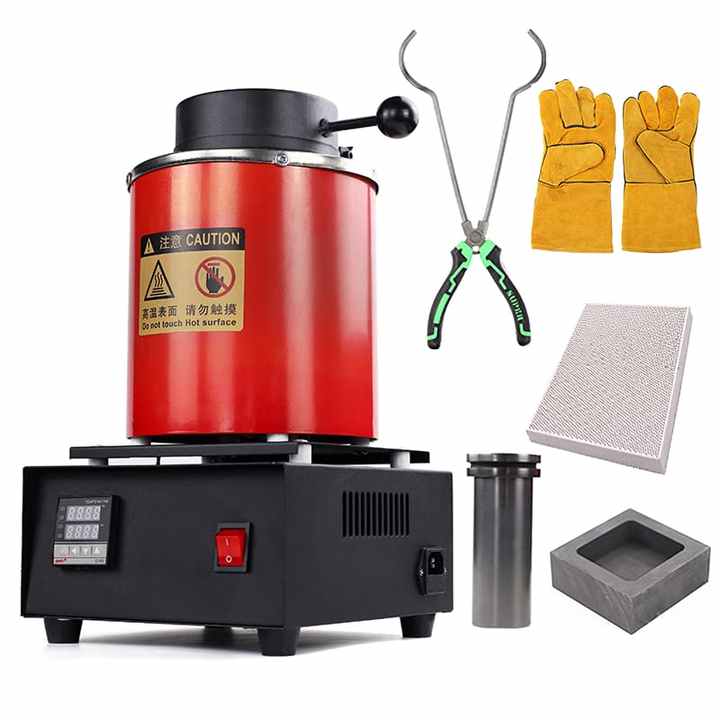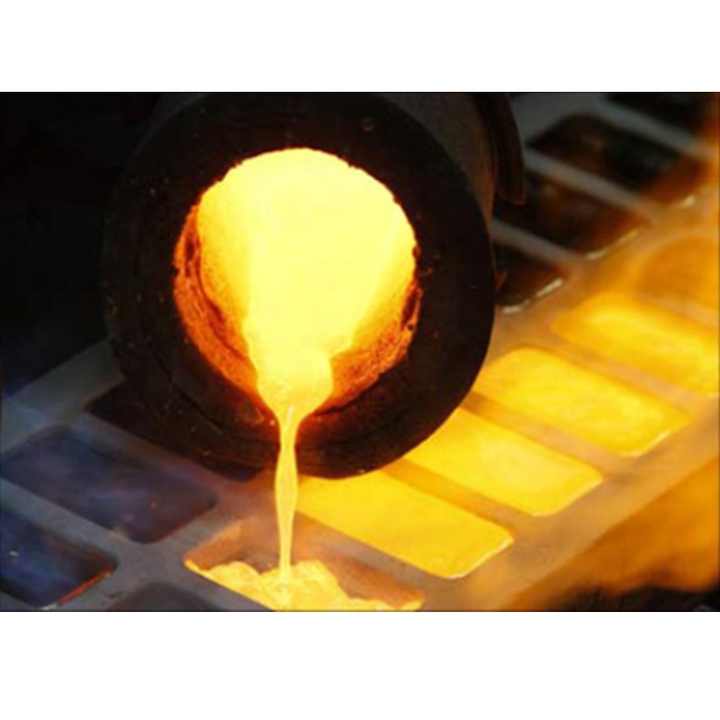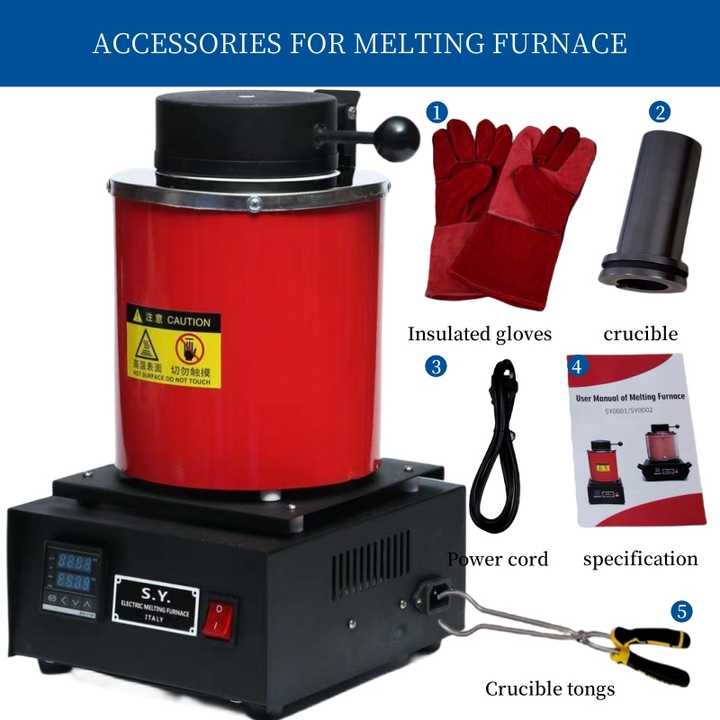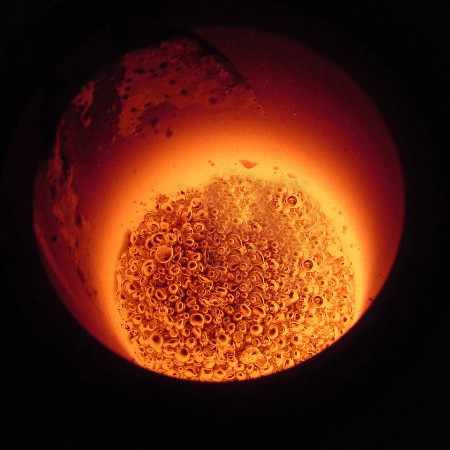gold smelting at home
Gold Smelting at Home A Practical Guide
Gold smelting at home can be an exciting and rewarding venture for hobbyists and small-scale miners alike. This process involves melting gold to remove impurities and achieve a higher purity level. However, it’s essential to understand the techniques, equipment, and safety precautions necessary for successful and safe smelting. This article will guide you through the essentials of gold smelting at home.
Understanding Gold Smelting
Gold smelting is the process of melting gold to separate it from other metals and impurities. This typically involves heating the gold to a temperature where it becomes molten, allowing impurities to be removed. Home smelting can be performed on scrap gold, gold nuggets, or recovered gold from various sources.
Essential Equipment for Home Smelting
To effectively smelt gold at home, you will need some basic equipment:
- Furnace: A suitable furnace is essential for achieving the high temperatures needed to melt gold, which is around 1,064°C (1,947°F). You can use a propane or electric furnace designed for metal melting.
- Crucible: A crucible is a heat-resistant container that holds the gold during smelting. Choose a crucible made from materials such as graphite or ceramic, which can withstand high temperatures.
- Flux: Flux helps to remove impurities from the gold during the smelting process. Common flux materials include borax, soda ash, and silica.
- Safety Gear: Protective equipment, such as gloves, goggles, and a face shield, is crucial to ensure your safety while handling hot materials and chemicals.
The Gold Smelting Process
Here is a step-by-step guide to smelting gold at home:
Preparation
- Gather Materials: Collect the gold you want to smelt and any necessary flux materials.
- Set Up the Workspace: Ensure your workspace is well-ventilated and free of flammable materials. Lay down a fireproof surface to work on.
Melting the Gold
- Load the Crucible: Place the gold and a small amount of flux in the crucible. The flux helps to lower the melting point and trap impurities.
- Heat the Furnace: Turn on your furnace and set it to a temperature of about 1,200°C (2,192°F). Monitor the temperature to ensure it remains consistent.
- Monitor the Melting Process: As the gold melts, impurities will rise to the surface. This process may take several minutes, depending on the quantity of gold and the furnace used.
Pouring the Gold
- Remove the Crucible: Once the gold is fully melted, use tongs to carefully remove the crucible from the furnace.
- Pour the Gold: Quickly and carefully pour the molten gold into a mold. Ensure that the mold is pre-heated and made from heat-resistant material.
- Allow to Cool: Let the gold cool and solidify in the mold before removing it.
Safety Precautions
Gold smelting involves high temperatures and potentially hazardous materials, so it’s crucial to prioritize safety:
- Ventilation: Always work in a well-ventilated area to avoid inhaling fumes from flux and molten metals.
- Protective Equipment: Wear heat-resistant gloves, goggles, and long sleeves to protect against burns and splashes.
- Emergency Preparedness: Have a fire extinguisher nearby and know how to handle any accidents that may occur.
Gold smelting at home can be a rewarding process, allowing you to reclaim and purify gold from various sources. By following the proper techniques, using the right equipment, and adhering to safety precautions, you can successfully melt gold in your own workspace. Whether for personal use or as a hobby, mastering the art of gold smelting can open up new avenues for creativity and craftsmanship.

